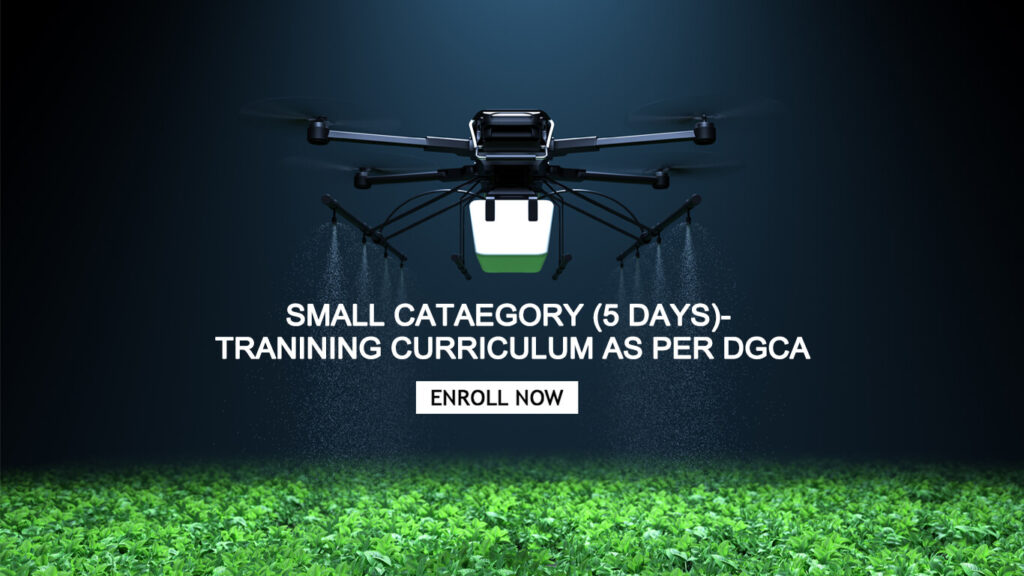Unmanned aerial vehicles (UAVs), more commonly known as drones, have become increasingly prevalent in many fields over the past few years. One area in which drones have particularly gained traction is environmental conservation and research. In this article, we will explore the significant role that drones play in this area, and how they are revolutionizing environmental monitoring, precision agriculture, ecosystem analysis, climate change research, and other conservation initiatives.
Environmental Monitoring: Aerial Perspectives
Drones offer a unique advantage in environmental monitoring by providing a bird’s-eye view of the landscape. Equipped with advanced sensors and cameras, these unmanned aerial vehicles can collect high-resolution imagery and data. Researchers and conservationists can use this data to monitor ecosystems, track changes in land use, and study habitat loss with unprecedented detail. This information empowers decision-makers to implement targeted conservation strategies and protect fragile environments.
Precision Agriculture: Optimizing Crop Management
In the realm of agriculture, drones have emerged as invaluable tools for precision farming. By using drones equipped with multispectral and thermal cameras, farmers can monitor crop health, identify pest infestations, and assess irrigation needs more efficiently. This information can help farmers to optimize their crop yields while reducing their environmental impact.
Ecosystem Analysis: Mapping and Monitoring Biodiversity
Drone technology has proven useful in mapping and monitoring biodiversity, especially in difficult-to-reach areas. With drones, researchers can survey large areas of land more quickly and with less disturbance to ecosystems than traditional methods. Drones are also useful for tracking wildlife and monitoring habitat health.
Climate Change Research: Measuring the Impact
Climate change is a critical issue that demands urgent attention. Drones are becoming increasingly important tools in climate change research, particularly in monitoring changes in glaciers, sea ice, and other remote areas. Drones equipped with sensors and cameras can collect data on temperature, humidity, and air quality, providing scientists with vital information about climate change impacts.
Conservation Initiatives: Protecting Our Planet
Drones are being used in a range of conservation initiatives worldwide to protect natural habitats and species. Drones are used to monitor poaching activity and illegal logging, and to survey protected areas. With drones, conservationists can more effectively protect endangered species and their habitats.
Drones are proving to be invaluable tools in environmental conservation and research. With their advanced sensors, cameras, and data collection capabilities, drones are revolutionizing how we approach environmental challenges. At FORE Institute of Drone Technology and Research, we are committed to harnessing the power of drone technology to address these challenges, and we look forward to continuing to explore the possibilities of this exciting field.


